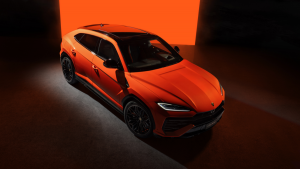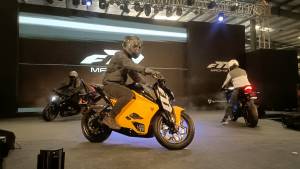Simple Tech: Aerodynamic downforce
We've discussed a very undesirable property of air, drag. We also took a look at the various aerodynamic tricks used to minimise its effects. Now let us go into something air is good for in the context of automobiles and aerodynamics. When air moves, it creates pressure differences around the moving stream. These pressure zones, whether high or low have a strong relationship to the speed of the flow. This, in sum, is Bernoulli's theorem.
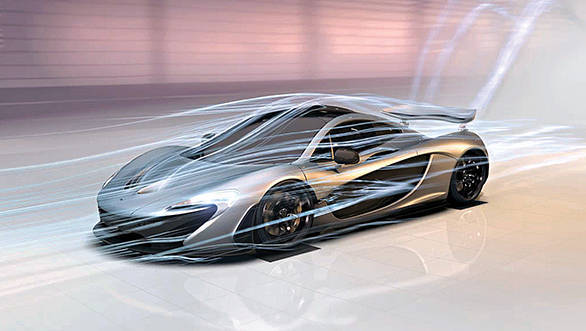
The airplane wing, or aerofoil, is designed to have a cross section that looks like a teardrop. This is placed so that the fat end leads the wing. On an aircraft, the bottom of the airfoil is generally flat and the upper surface is usually curved. This has a dramatic effect. As the air splits around the wing at speed, the air along the bottom, travels a shorter distance than the wind that must run past the curved top surface of the wing. By Bernoulli's theorem, the higher speed air creates a lower pressure zone on the top surface compared to a higher pressure on the lower surface from the slower air there. The result is that the wing experiences a net upward force called lift. When the speed of the aircraft (and its wing) reaches a critical point, lift becomes greater than gravity and the aircraft can now fly.
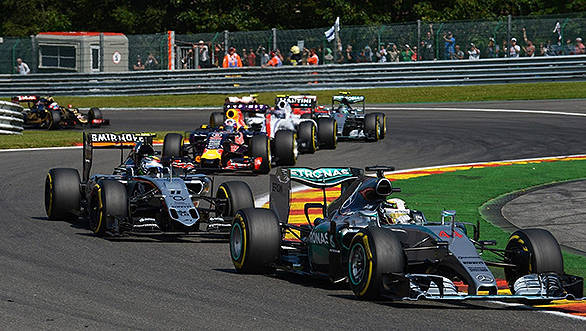
Obviously, we do not want cars to fly off the ground, right? So in essence, cars use upside down aircraft wings to generate negative lift or downforce.
The importance of downforce starts with motorsport. When the need is to go as fast as possible, one goal is to maximise straight line speed. The other solution is to increase speed in turns so that cars arrive on the straights going faster already and that increases speed overall, in every part of the track. The challenge with cornering a car harder is centrifugal force. Which essentially spends all its time trying to push anything going in a circular path, radially to the outside, pushing harder and harder as speeds rise. Engineers will add stickier tyres, stiffer suspension and increase the width of the car to raise the speed at which centrifugal force overcomes grip but like the hunt for great straight line speeds, costs, technology and often rules will limit what is possible.
Enter wings, aerofoils, splitters et al. What these are tuned to do, is to increase the grip of the car by aerodynamic means - using downforce - with speed. And the faster you go, the more downforce and hence, grip you have. It is stupendous amounts of downforce that allow F1 cars to corner as fast as they can. Ironically, it is also downforce that often prevents drivers from chasing each other closely into corners. The driver behind receives turbulent air that reduces his downforce and consequently grip. Which means the driver behind has to back off lest centrifugal force wins. So critical is the downforce that drivers cannot slow in the middle of corners or keep running after the wings are damaged.
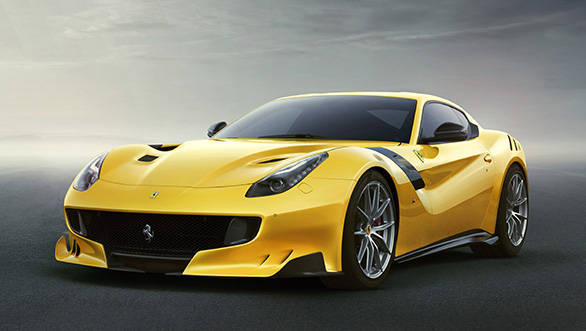
Now imagine a car with a giant rear wing but no aerodynamic downforce generation at the front. Obviously, as it corners harder, the weight of the wing and then the downforce it generates will slowly make the front lighter and lighter until it goes into understeer. Reverse the position of the wing, and the centrifugal force will unstick the rear first, creating oversteer. Balancing the weight of aero devices and, more importantly, the downforce they generate, is an art.
Normal passenger cars do not usually go fast enough to require such in-depth aero-wizardry outside of drag reduction. Which is why bolt-on spoilers on your Maruti Suzuki Swift are basically cosmetic add-ons. However, performance cars, whether hatch or saloon, can use spoilers to create greater high speed stability.
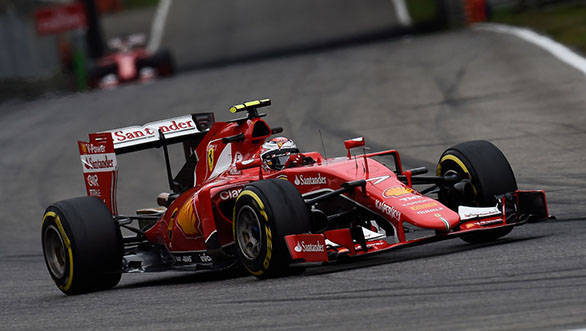
The flip side of the spoiler is, of course, drag. This cuts top speed and in a race situation, the team has to work out the aerodynamics so as to balance drag and downforce to create the best possible lap time. In F1, for example, a slow track like Monaco will usually favour a high downforce setup while a faster, more flowing circuit like Monza would prefer low downforce, low drag for its long straights.
Similarly, while the fastest supercars like the McLaren P1 or LaFerrari deploy spoilers around 120kmph to create downforce, these devices are retracted at seriously high speeds in the search for top speed.
There are, of course, other ways to play with air. Next month, we will talk about ground effect, Coanda effect and diffusers.
Starts Rs 5.73 Lakhs
1197cc
Automatic
89.73
113
23.76 Kmpl
Related Stories
Top Stories
Latest Videos
Most Popular
- Budget Sportbike Showdown: Kawasaki Ninja 500 vs Aprilia RS 457 vs Yamaha YZF-R3
- 2014 Triumph Daytona 675 vs 2024 Kawasaki ZX6R - A Decade of Evolution in Supersport Motorcycles
- Mumbai-Pune Expressway speed restrictions updated
- 2024 Hyundai Creta vs Toyota Urban Cruiser Hyryder vs Skoda Kushaq comparison review - the hype is real?
- Nissan Magnite EZ-Shift review - is the AMT any good?






